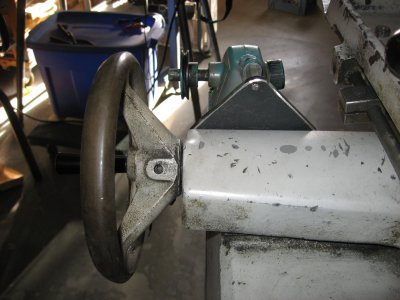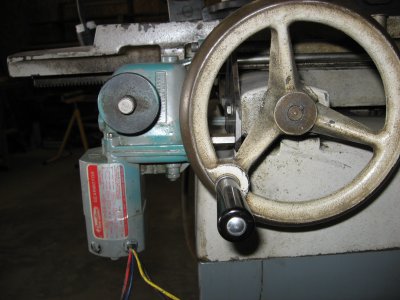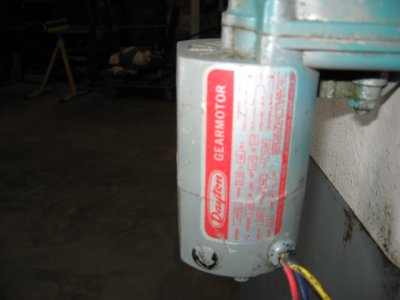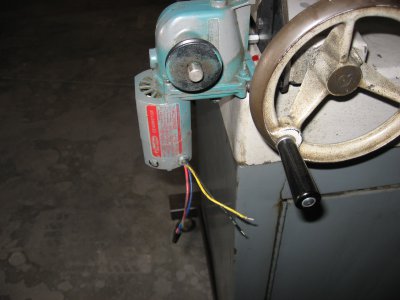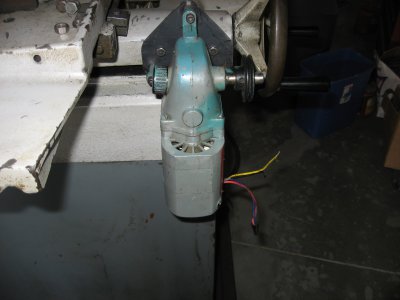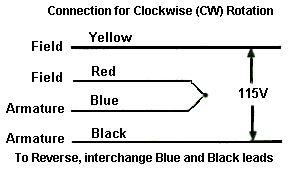- Joined
- Feb 8, 2014
- Messages
- 11,151
When I get out to the shop today I'll dig out a schematic of the switching for a universal motor, it's different (and a little more complex) than a brushed DC motor. I did this for the power draw bar on Alloy's Shizouka. The problem I see is that an instant reverse at the end of stroke. The table needs to accel, run at speed, then decel to a stop before reversing. This could be accomplished, sort of, by setting a delay before reversing, at least allowing the motor to coast to a stop before switching direction. It's going to take a little electrical hardware the get it right.
An air cylinder would work pretty well since it is ''squishy'' on the start and stop, and could be well controlled by another dampening cylinder that is filled with light oil.
I am going to do the same thing and have been scrounging parts for some time. I have the parts on the shelf now, but I haven't had time for that project yet. Hydraulics work but I hate hydraulics. My DoAll is all hydraulic and that hardware is going to be removed and servo control installed.
An air cylinder would work pretty well since it is ''squishy'' on the start and stop, and could be well controlled by another dampening cylinder that is filled with light oil.
I am going to do the same thing and have been scrounging parts for some time. I have the parts on the shelf now, but I haven't had time for that project yet. Hydraulics work but I hate hydraulics. My DoAll is all hydraulic and that hardware is going to be removed and servo control installed.



